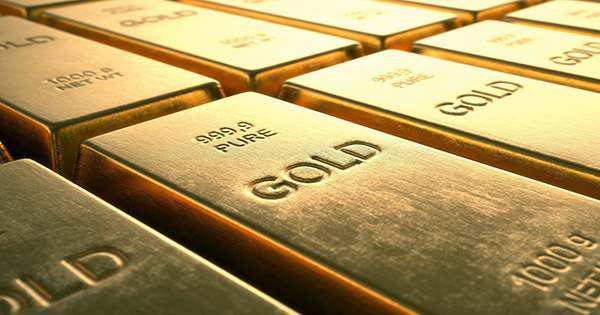Long before it was rescued from the clutches of an 11-year-old British man who should not have been named by the British, the philosophical stone was an ancient and mysterious substance searched around the world for a miraculous and life-giving feature. Legend has it that the stone held the key to immortality – some believed that Adam and Eve lived in the Bible for more than 900 years. No, they haven’t discovered the key to eternal life – that was someone else – but they have found a way to turn copper into a new material “almost identical” to gold.
Published this week in Science Advances, in their paper, the team describes how they bombarded copper atoms with high-energy argon plasma by altering the metal electron structure. Through this process, “frozen” in the void, copper becomes less reactive and begins to behave like a noble metal like gold or silver.
The team explained in a statement posted on the academy’s website and reported in the South China Morning Post, Copper nanoparticles “have achieved catalytic performance similar to gold or silver.” “The results… proved that after processing, metal copper can transform from ‘chicken’ to ‘phoenix.’”
Unlike the chemical solutions sought by Isaac Newton, among others, this discovery will not make chemists suddenly and indescribably rich – it cannot be used to make counterfeit gold. This, however, did not deter some commentators from speculating that the development could lose its place as a precious metal stock market and economic hedge standard – perhaps toward electronic alternatives such as Bitcoin. cryptocurrencies, however, with their current planet-destroying energy needs, are as far away from researchers’ goals as possible. Instead, they see their discovery as a necessary – and profitable – way to take on the challenges of the modern world.
Their resistance to oxidation and low reactivity not only makes gold and silver perfect for industrial use – for example – noble metals are also used in sophisticated chemical processes that can convert coal into a useful and clean source of ethanol. The paper explains, “The clean utilization of coal resources to synthesize high value-added chemicals is greatly desired with the increasing energy and environmental problems.”
“[Methyl glycolate]… is a necessary intermediary with higher commercial prices than pharmaceutical products, fine chemicals, and perfumes. However, it is difficult to achieve [methyl glycolate] with copper catalysts … [So] the development of an efficient catalyst for control and regulation of target products is still a big challenge for both academics and the industry.”













